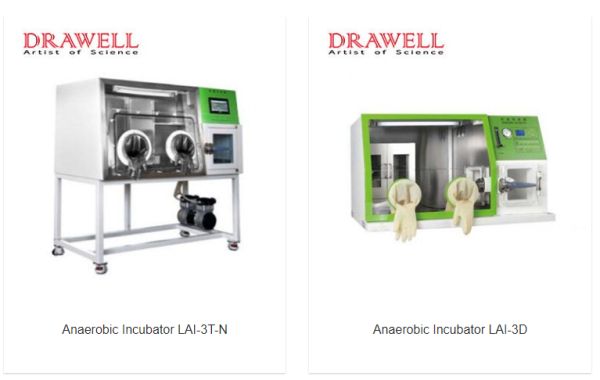In the world of microbiology, understanding and studying microorganisms in their natural environments is crucial for unlocking their potential and unraveling their mysteries. However, not all microorganisms thrive in the presence of oxygen, requiring specialized conditions for their growth and investigation. This is where anaerobic chambers come into play. In this article, we will delve into the purpose and applications of anaerobic chambers in microbiology, highlighting their significance in research, clinical diagnostics, and industrial processes.
1. Defining Anaerobic Chambers:
An anaerobic chamber, also known as a glove box or an anaerobic workstation, is a sealed, controlled environment that provides an oxygen-free atmosphere for the cultivation and manipulation of anaerobic microorganisms. These chambers maintain strict anaerobic conditions by removing oxygen and maintaining a controlled gas mixture, typically a combination of nitrogen, hydrogen, and carbon dioxide.
2. Cultivating Anaerobic Microorganisms:
Anaerobic chambers serve as invaluable tools for cultivating and studying anaerobic microorganisms, which include bacteria, archaea, and fungi. Many anaerobes are crucial for ecological processes, human health, and industrial applications. By providing an oxygen-free environment, anaerobic chambers allow researchers to create ideal conditions for the growth and study of these microorganisms, enabling a deeper understanding of their biology, metabolism, and interactions.
3. Clinical Applications:
Anaerobic infections pose significant challenges in clinical settings, as these pathogens are often associated with serious conditions such as abscesses, wound infections, and intra-abdominal infections. Anaerobic chambers are used in clinical microbiology laboratories to process clinical samples suspected of harboring anaerobic bacteria. These chambers enable the isolation, identification, and susceptibility testing of anaerobes, aiding in accurate diagnosis and appropriate treatment.
4. Microbiome Research:
The human microbiome, comprising trillions of microorganisms living within and on our bodies, plays a vital role in human health and disease. Anaerobic chamber facilitate the investigation of anaerobic microorganisms present in various body sites, including the gut, oral cavity, and skin. By simulating the anaerobic conditions found in these niches, researchers can explore the diversity, composition, and functional capabilities of anaerobic communities, leading to insights into their roles in human physiology and disease.
5. Industrial and Environmental Applications:
Anaerobic microorganisms have remarkable capabilities in various industrial processes, such as biogas production, biofuel generation, and wastewater treatment. Anaerobic chambers enable researchers and industry professionals to optimize these processes by providing a controlled environment for studying and manipulating anaerobic microbial communities. Understanding the metabolic pathways and optimizing growth conditions can lead to improved yields, reduced costs, and more sustainable practices.
Anaerobic chambers have revolutionized the field of microbiology by providing controlled environments for studying and manipulating anaerobic microorganisms. From advancing our understanding of complex ecosystems to diagnosing and treating anaerobic infections, these chambers are indispensable tools in research, clinical diagnostics, and industrial applications. As technology advances, anaerobic chambers continue to evolve, enabling scientists to delve deeper into the fascinating world of anaerobic microorganisms and harness their potential for the benefit of humanity.









